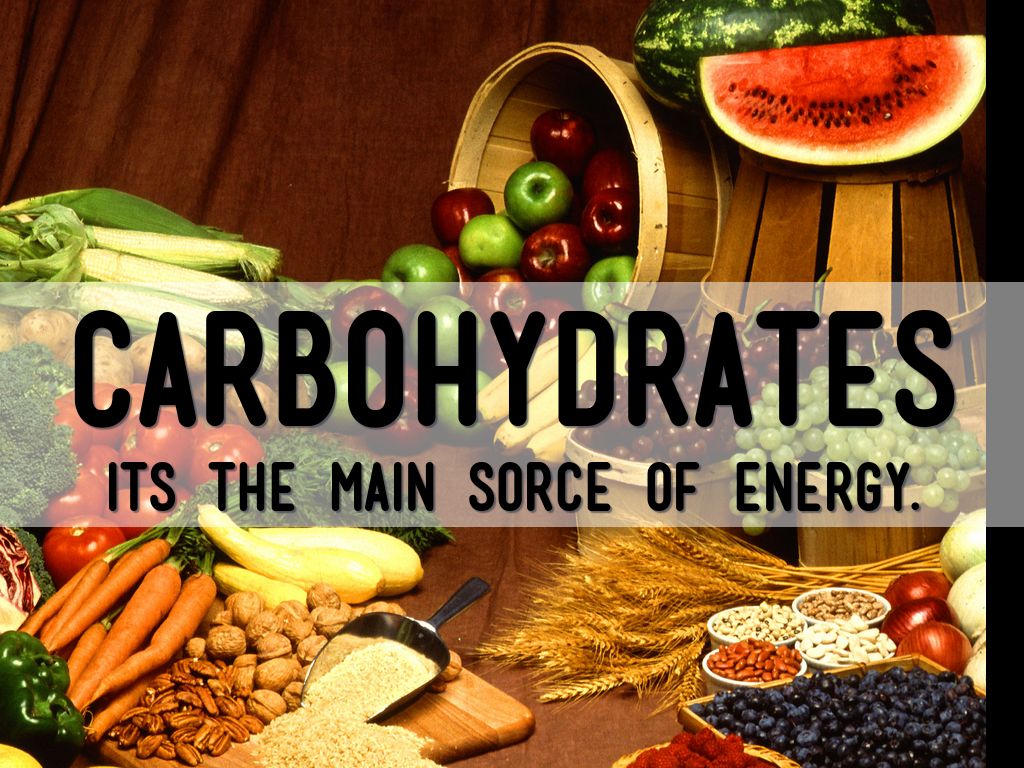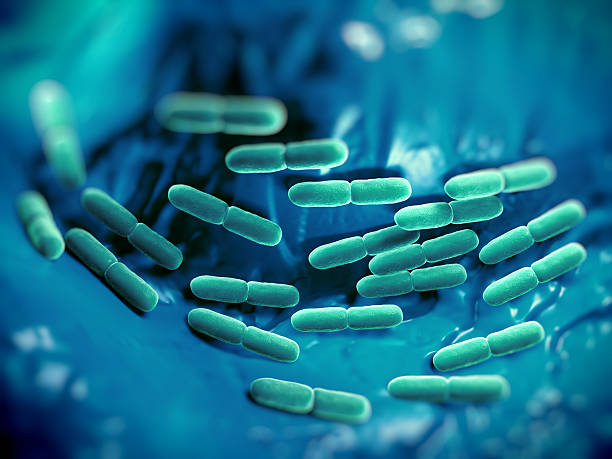Preparation of Lactic Acid

Production
Lactic acid is produced industrially by bacterial fermentation of carbohydrates (sugar, starch) or by chemical synthesis from acetaldehyde, that is available from coal or crude oil. In 2009 lactic acid was produced predominantly (70–90%) by fermentation. Production of racemic lactic acid consisting of a 1:1 mixture of D and L stereoisomers, or of mixtures with up to 99.9% L-lactic acid, is possible by microbial fermentation. Industrial scale production of D-lactic acid by fermentation is possible, but much more challenging.
Fermentative Production
Fermented milk products are obtained industrially by fermentation of milk or whey by Lactobacillius-species: Lactobacillus acidophilus, Lactobacillus casei, Lactobacillus bulgaricus and Lactobacillus helveticus, and furthermore Streptococcus thermophilus and Lactococcus lactis.
As a starting material for industrial production of lactic chemistry, that is applied for chemical synthesis, almost any carbohydrate source containing C5/C6 sugars could be used. Pure sucrose, glucose from starch, raw sugar beet juice are frequently applied. Lactic acid producing bacteria could be divided in two classes: homofermentative bacteria like Lactobacillus casei and Lactococcus lactis, producing two moles of lactate from one mole of glucose, heterofermentative species producing one mole of lactate from one mole of glucose as well as carbon dioxide and acetic acid/ethanol.


Chemical Production
Racemic lactic acid is produced in industry by addition of hydrogen cyanide to acetaldehyde and subsequent hydrolysis of forming lactonitrile. Hydrolysis performed by hydrochloric acid and ammonium chloride forms as a by-product. Japanese concern Musashino is one of the last big manufactures of lactic acid by this route. Synthesis of both racemic and enantiopure lactic acids is also possible from other starting materials (vinyl acetate, glycerol, etc.) by application of catalytic procedures.